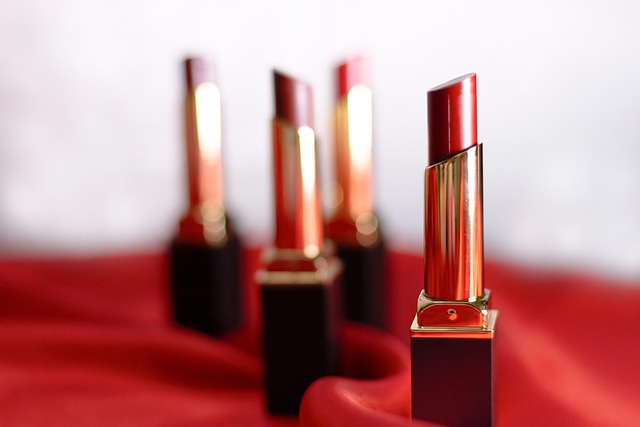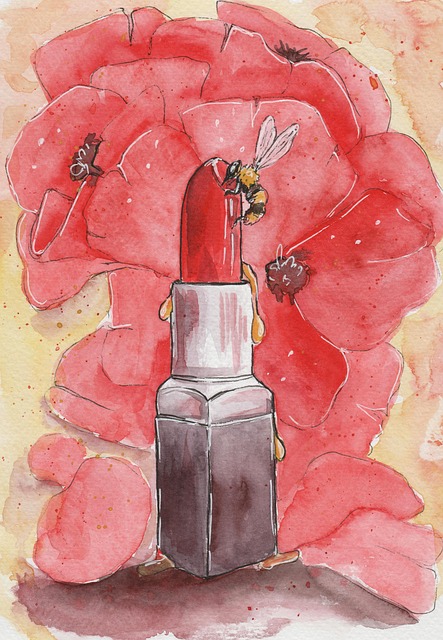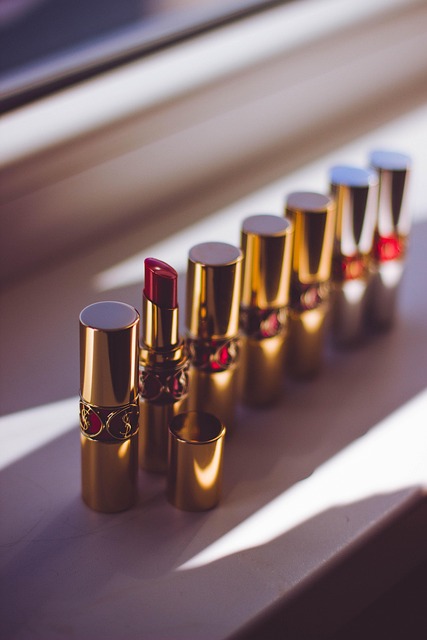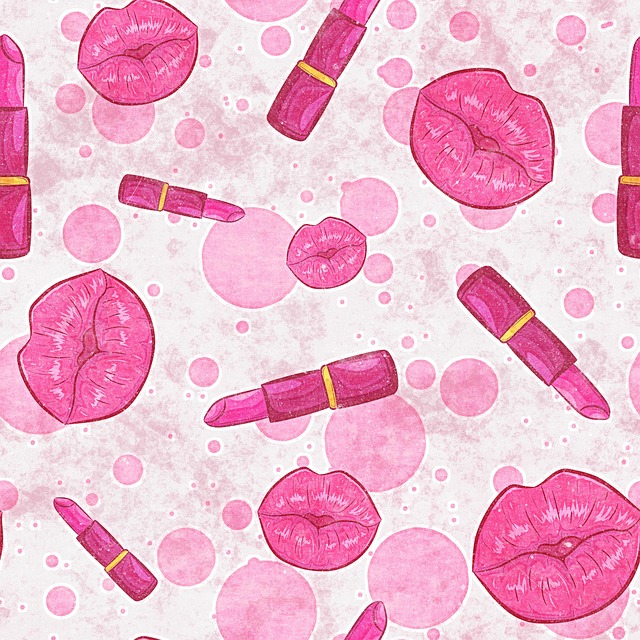Uncover the secrets behind bff lipsticks as we explore their complex composition, from waxes and oils to pigments and additives. Learn about the role each ingredient plays in creating a luxurious and protective formula. With growing concerns over chemical safety, this article highlights the shift towards natural alternatives and transparent ingredient lists. It guides consumers on how to choose safer bff lipsticks by suggesting emollient-rich formulations free from common harsh chemicals like parabens and synthetic fragrances, promoting both beauty and health.
Uncover the secrets behind your favorite beauty staple—lipstick. In this comprehensive guide, we delve into the intricate world of cosmetic chemistry, exploring the ingredients that define its texture and color. From vibrant hues to moisturizing formulas, ‘BFF Lipstick’ goes beyond the surface. We analyze the safety profile of common chemicals, empowering you to make informed choices. Learn how to navigate the market for natural, safe alternatives, ensuring a healthy kiss of beauty with every application.
- Unveiling the Ingredients: A Closer Look at Lipstick Composition
- The Safety Profile: Are Common Chemicals in Lipstick Concerned?
- Choosing Wisely: Navigating Natural and Safe BFF Lipsticks
Unveiling the Ingredients: A Closer Look at Lipstick Composition

Unveiling the Ingredients: A Closer Look at Lipstick Composition
When it comes to understanding what makes up your favourite bff lipstick, it’s time to peel back the layers (metaphorically speaking, of course). Lipstick is more than just a pretty colour; it’s a carefully crafted combination of ingredients designed to enhance and protect your lips. The average lipstick contains a blend of waxes, oils, pigments, and various additives that contribute to its texture, staying power, and overall performance.
Wax and oil bases provide the lip protection and definition we love in our bff lipsticks, while pigments offer the vibrant hues that cater to every style and preference. From beeswax and carnauba wax to coconut oil and vitamin E, each ingredient plays a crucial role in creating a product that not only looks good but also feels luxurious on your lips. Understanding these compositions can help you make informed decisions about the lipsticks you choose to wear.
The Safety Profile: Are Common Chemicals in Lipstick Concerned?

The safety profile of common chemicals in bff lipstick has been a topic of growing interest and concern among consumers and cosmetic experts alike. While lipsticks have long been adored for their vibrant colors and ability to enhance one’s pout, the ingredients that create these hues can sometimes raise eyebrows. Many conventional lipsticks contain various chemical compounds, some of which have sparked debates regarding their potential health impacts.
One commonly used ingredient is lead, which has been found in trace amounts in certain lipsticks. Lead is a heavy metal known for its toxic effects, and while regulatory bodies like the FDA monitor and set limits, even low concentrations can be a cause for worry. Additionally, parabens, often used as preservatives, have been linked to potential hormone disruption. However, it’s important to note that cosmetic companies are increasingly embracing natural alternatives and transparent ingredient lists, allowing consumers to make informed choices.
Choosing Wisely: Navigating Natural and Safe BFF Lipsticks

Choosing a lipstick that’s both beautiful and safe shouldn’t be a daunting task, especially with the rise of natural and organic beauty products. When it comes to BFF lipsticks—those that are kind to your lips and the environment—it’s essential to look for ingredients that nourish and protect. Opt for formulas that include natural emollients like shea butter, cocoa butter, or jojoba oil, which not only moisturize but also create a smooth, comfortable wear.
Delve into the ingredient list to avoid harsh chemicals commonly found in conventional cosmetics. Parabens, synthetic fragrances, and certain dyes can be potentially harmful and are best left on the shelf. Instead, seek out BFF lipsticks with certified organic ingredients, ensuring they’re free from these controversial additives. This simple navigation will not only enhance your beauty routine but also contribute to a safer, more sustainable approach to makeup.
Lipstick has evolved far beyond its initial purpose, now offering not just color but a potential concern regarding certain chemicals. Unveiling the ingredients and understanding their safety profile is crucial for making informed choices. When it comes to selecting a BFF lipstick—a safe and natural alternative—knowing what to avoid and embracing clean formulations can ensure you look good while doing good. By choosing wisely, you can navigate the market with confidence, ensuring your beauty routine remains both effective and harmless.
